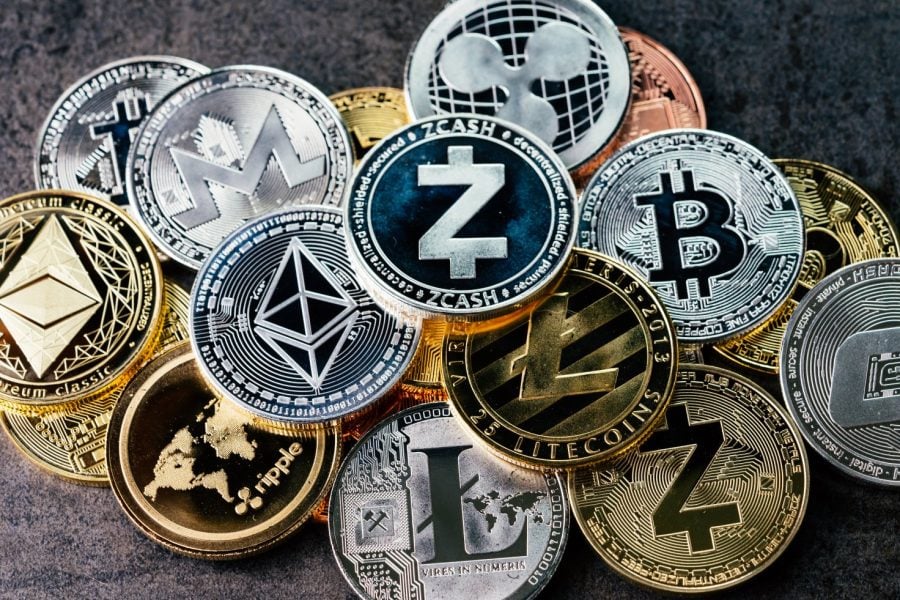When it comes to cryptocurrency, Bitcoin immediately springs to mind of people. Stop! Hold the reins of your mind as there are various other virtual currencies which are expanding in the digital era.
The cryptocurrencies dramatically gained fame after Bitcoin was introduced over a decade ago. Bitcoin continues to lead the field with its market capitalization of $1.08 trillion.
Before moving ahead, there is need to understand what the cryptocurreny is and how it works.
According to Investopedia, A cryptocurrency, broadly defined, is virtual or digital money which takes the form of tokens or “coins.” While some cryptocurrencies have ventured into the physical world with credit cards or other projects, the large majority remain entirely intangible.
The “crypto” in cryptocurrencies refers to complicated cryptography which allows for the creation and processing of digital currencies and their transactions across decentralized systems.
These cryptocurrencies are free from the rules and regulations designed by the governments.
Ethereum (ETH)
It is the second-largest cryptocurrency by market capitalization, $376 billion, after Bitcoin. The official website defined it as “the world’s programmable blockchain”.
Ethereum builds on Bitcoin’s innovation, with some big differences. Both let you use digital money without payment providers or banks. But Ethereum is programmable, so you can also use it for lots of different digital assets – even Bitcoin!
Ethereum was first proposed in 2013 by programmer Vitalik Buterin. It launched the pre-sale of ether in 2014 and it went live on 30 July 2015, with an initial supply of 72 million coins.
In 2016, the firm also came under hacking attack when unknown hacker stole $50 million of Ether. However, it managed to recover and now it second after the Bitcoin in terms of market capitalization.
Litecoin (LTC)
This digital currency was launched in 2011 by Charlie Lee, an MIT graduate and former Google engineer. Litecoin (LTC) is decentralised money, free from censorship and open to all as it works as an open-source global payment network which is based on “scrypt”.
Other than developers like Ether, there are merchants who accept Litecoin. As of January 2021, Litecoin’s market capitalization stands at $10.1 billion. It per token value is $153.88, making it the sixth-largest cryptocurrency in the world.
Cardano (ADA)
Cardano is a proof-of-stake blockchain platform: the first to be founded on peer-reviewed research and developed through evidence-based methods. It combines pioneering technologies to provide unparalleled security and sustainability to decentralized applications, systems, and societies, reads the official website.
The project was co-founded by Charles Hoskinson, one of the five founding members of Ethereum. He had quit Etherum over differences with the firm.
Cardano is also dubbed as the “Ethereum killer” as its blockchain is said to be more advance.
As of January 2021, Cardano has a market capitalization of $9.8 billion and one ADA’s value stands at $0.31.
Monero (XMR)
Monero is the cryptocurrency focused on private and censorship-resistant transactions.
It claims, “The majority of existing cryptocurrencies, including Bitcoin and Ethereum, have transparent blockchains. Transactions can be verified and/or traced by anyone in the world. This means that the sending and receiving addresses of these transactions could potentially be linked to real-world identities”.
Monero, on the other hand, uses various privacy-enhancing technologies to ensure the anonymity of its users.
Launched in 2014, it, as of January 2021 has a market capitalization of $2.8 billion and a per-token value stands at $158.37.










